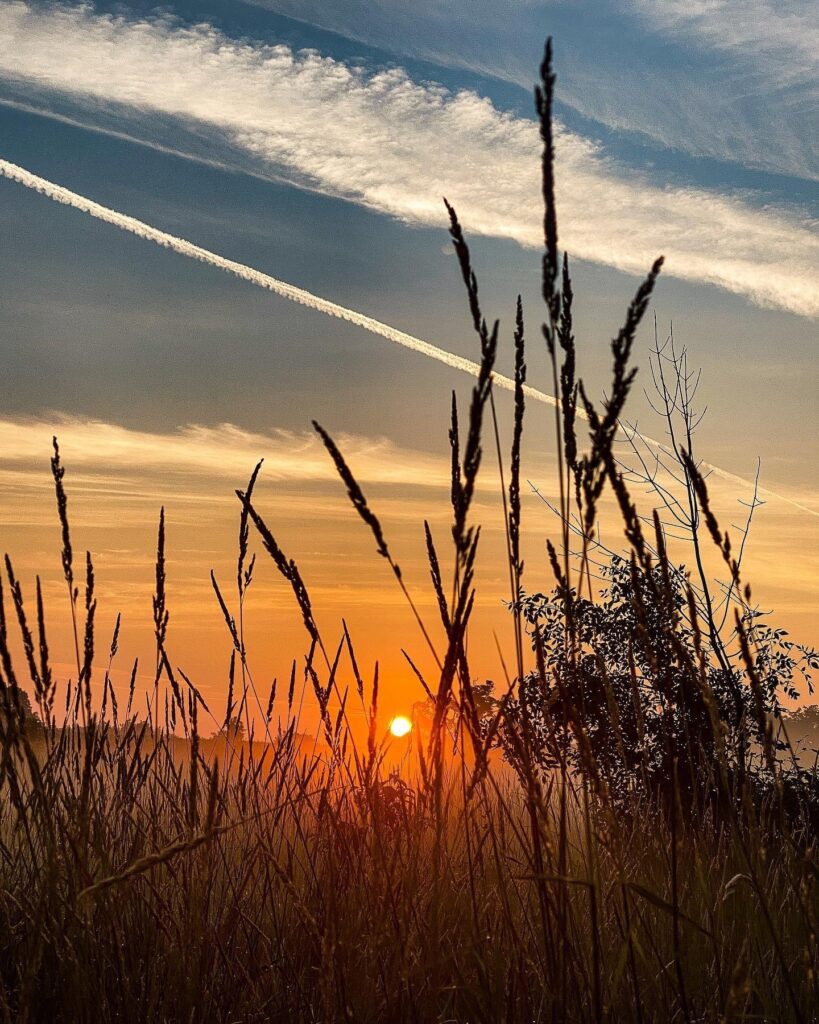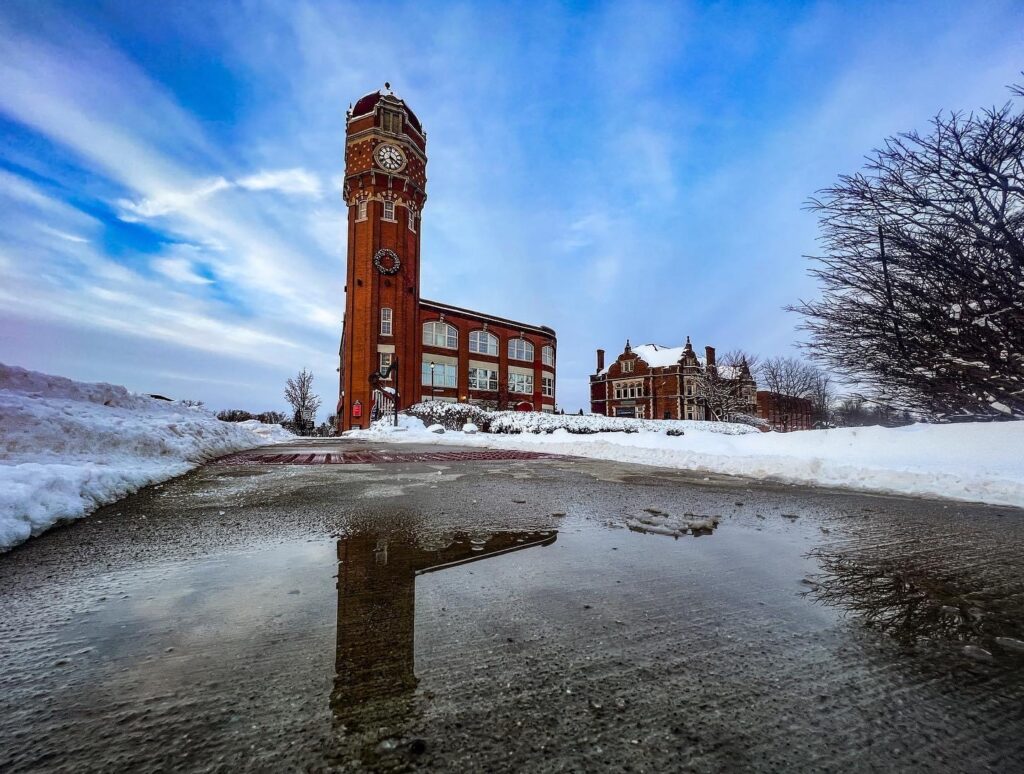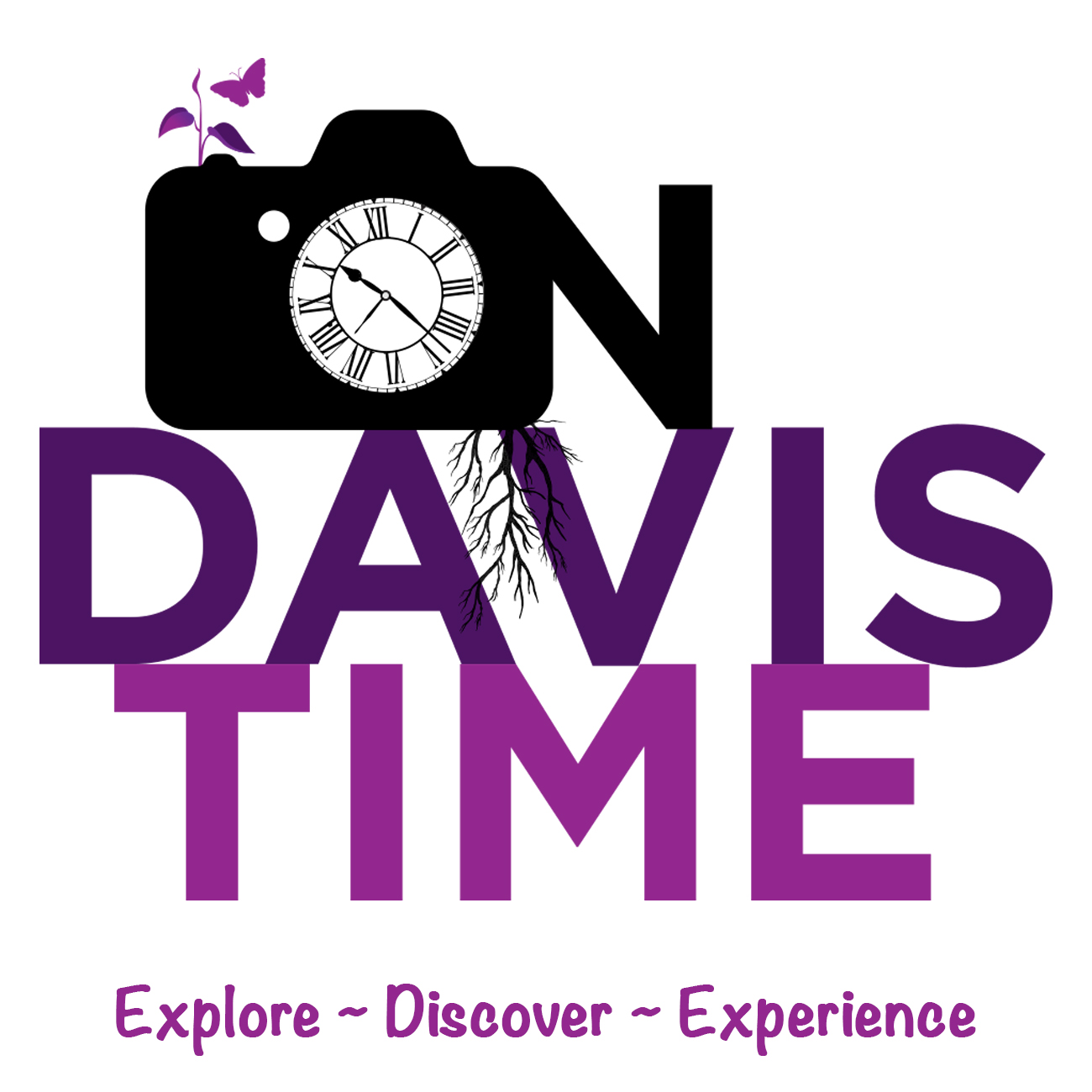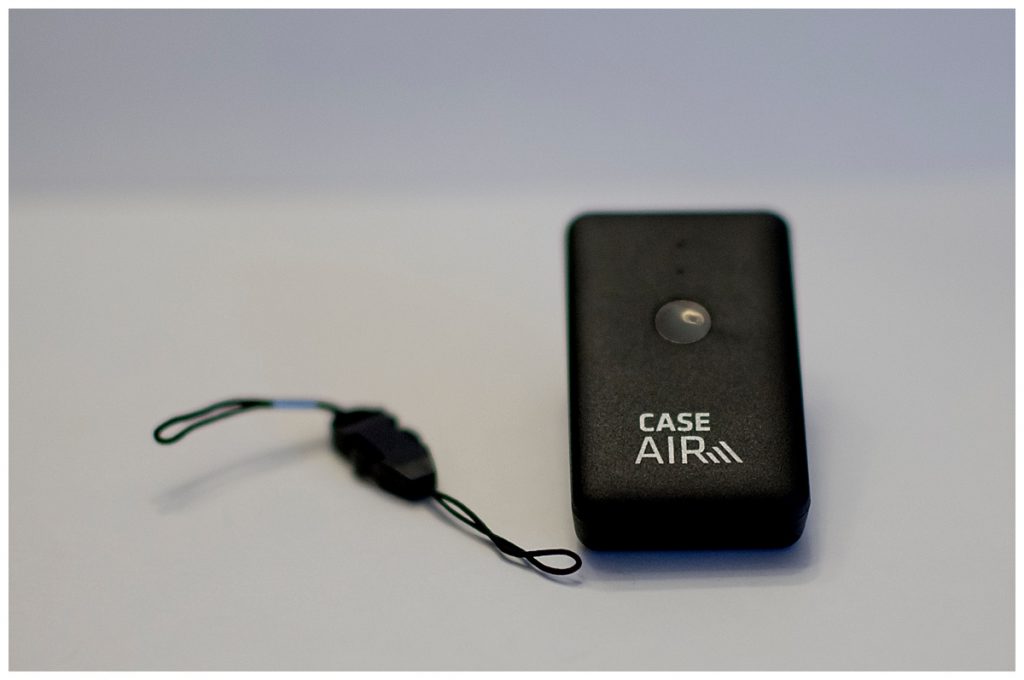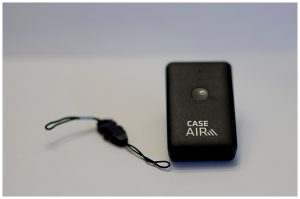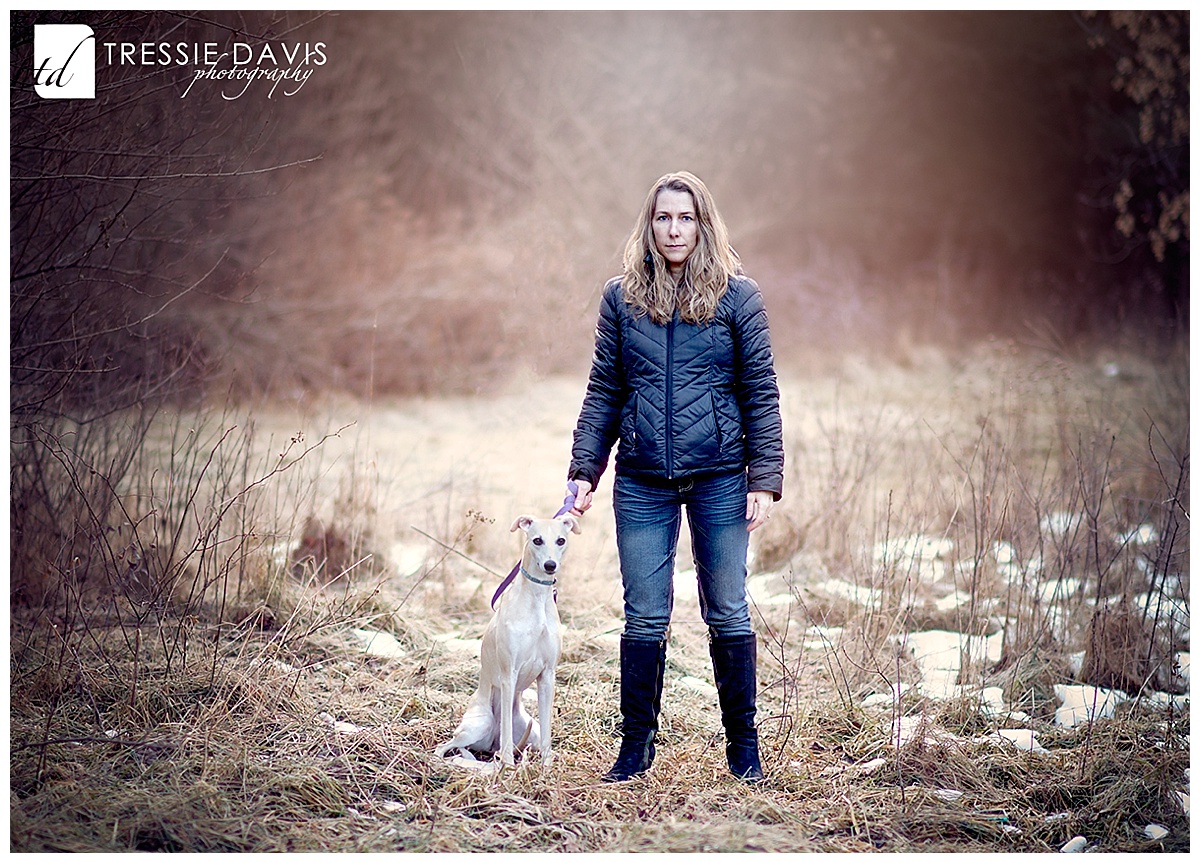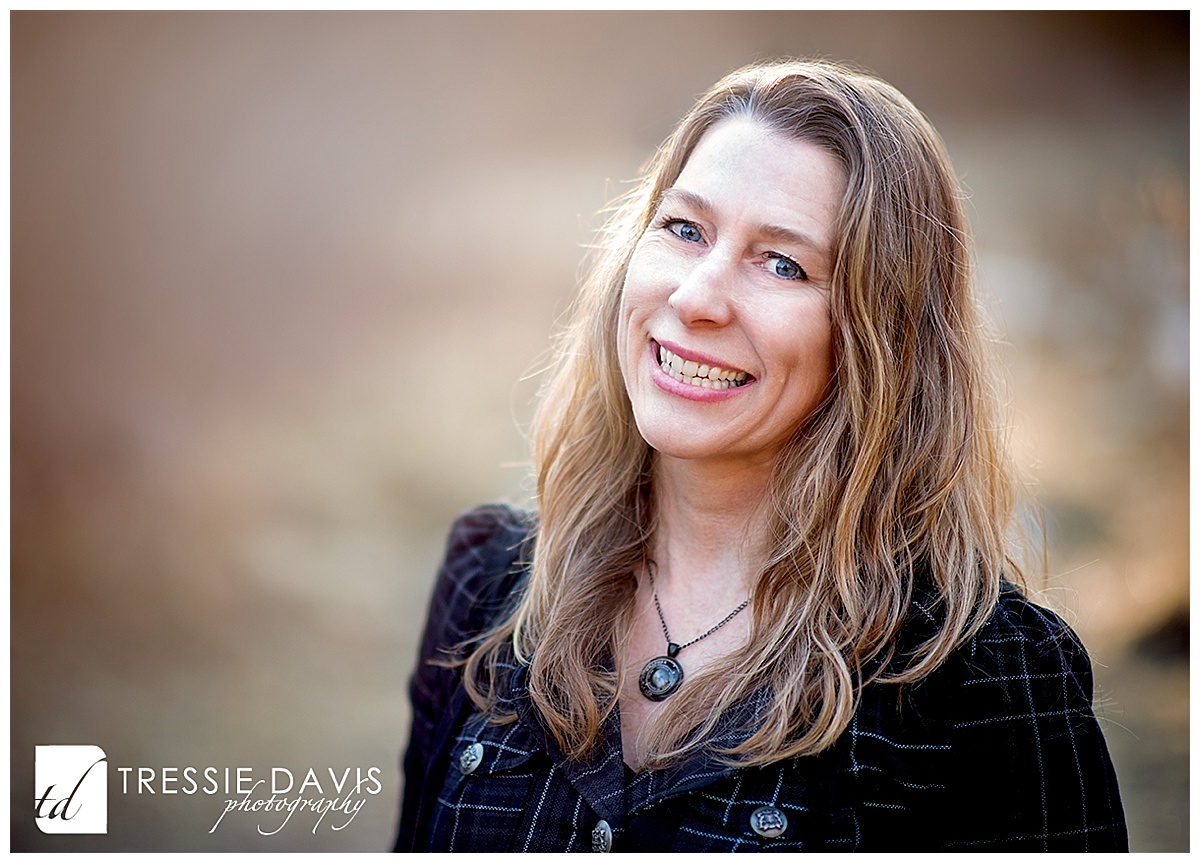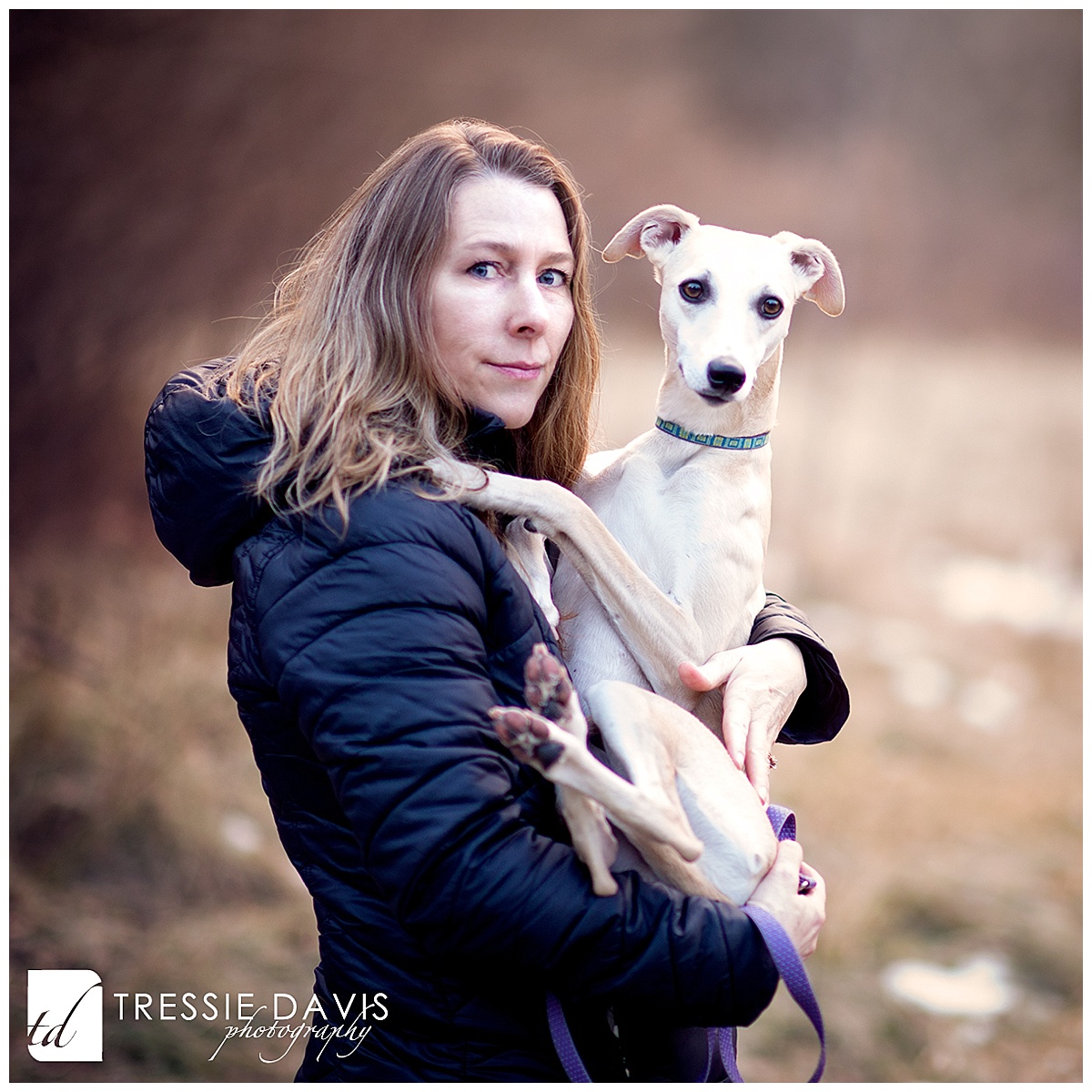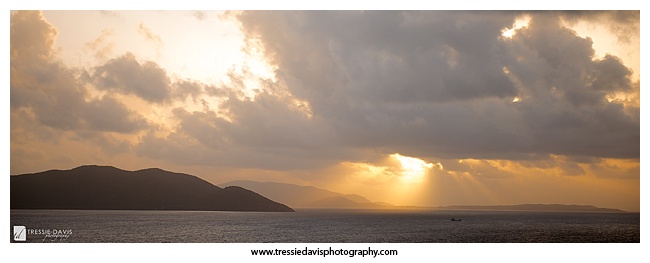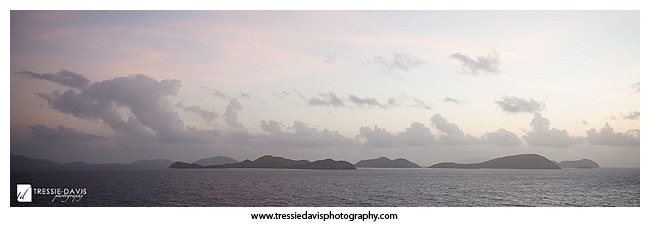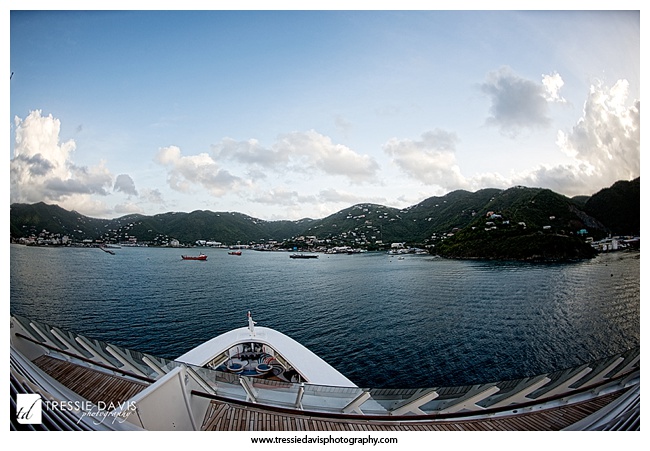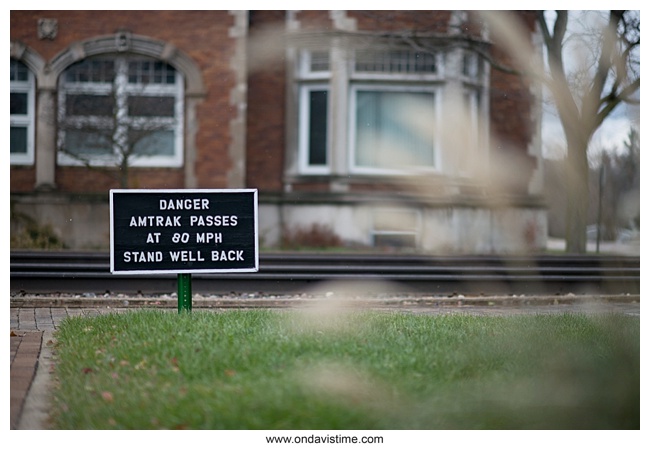 So you like portraits on railroad tracks? Railroad tracks are cool, right? Thinking of getting your photos done on the tracks? Seniors? Weddings? Prom? Sports? Band? Selfies? Just Don’t.
So you like portraits on railroad tracks? Railroad tracks are cool, right? Thinking of getting your photos done on the tracks? Seniors? Weddings? Prom? Sports? Band? Selfies? Just Don’t.
PLEASE DON’T.
Locally, I have seen so many people disregarding the law (and their own safety) by crossing the tracks in non-designated areas and taking photos on the tracks, that I feel compelled to speak out with a few reminders.
It’s Not Safe.
Stay safe by staying off the train tracks. In 2016, there were 994 pedestrian trespass casualties (fatalities & injuries). Source: Operation Lifesaver
Did you know?
- modern trains are quieter and faster than you may believe
- it can take a train a mile or more to come to a full stop
- trains overhang the tracks by at least three feet.
- a person or vehicle is hit by a train approximately every three hours across the US
People taking photos or videos seem to continuously disregard the actual danger of photos on the tracks.
October 2011 – Selfie Tragedy Forever Impacts Those Left Behind
February 2014 – ‘Midnight Rider’ Crew Fleeing Train Tracks Seconds before Deadly Crash that Killed Camera Assistant
June 2014 – Photographer Struck and Killed by Train During Photo Shoot (Missouri)
July 2015 – Photographer Killed by Train During Photo Shoot (Fresno, CA)
September 2015 – John DeReggi 16 years old
March 2017 – Fredzania Thompson 19 years old
Yes these incidents are spread out over several years – I chose the most publicized ones, that dealt specifically with photography/videography. You would think that someone using the train tracks for a specific purpose, would be even more cognizant of watching out for trains. I’m going to give all of these people the benefit of the doubt and assume that they WERE paying attention, and just did not realize they were going to be hit until it was too late.
Still think you would hear a train before it could “sneak up on you”? The Today Show conducted an experiment to determine at what point a person would hear a train coming. Watch the video: CSX Today Show Video
That video should scare anyone who walks casually along the tracks, or who cross in areas other than legal, designated crossings.
It’s Illegal
Walking on railroad tracks, railroad right of way (the areas on both sides of the track) or railroad bridges is illegal. Regardless of whether your intentions are good or bad….IT’S ILLEGAL. Trespassing on railroad property is usually a misdemeanor, with penalties ranging from $100 to $1,000 and some jail time, depending on the state. If your trespass results in the injury or death of someone else, you could face felony charges. Is that potential penalty really worth the time you saved by not walking over to the designated legal crossing??
Photographers: note that a photo distributed on the web can be used as evidence of trespassing.
An article with additional information HERE.
It’s Played Out
It’s not cool. Not hip. Not edgy. It’s Played out. Photos on tracks are tired. Lame.
My opinion, I get it. I hate selective color as well and that cliche continues to play out in my social media feed as well, so yeah, I get that not everyone shares my opinion. (but seriously? selective color? BLECH)
Train track portraits are NOT a new idea. Don’t seniors/engaged couples/families want images that reflect who they are, and not some cliche metaphor on new horizons, a symbolic journey (or whatever it is you are going for)? Why on earth would a person want a cliche image that has been used over and over again as long as I can remember? Unless you are a conductor or have some sort of tie to the railroad railroad industry, it just doesn’t make sense (and if you are in the industry, you should have the resources to know why these photos are a bad idea and/or a way to secure authorization from the railroad to do it safely).
Even if you disagree with my assessment of how “un-special” these images are, surely we can agree that they are not special enough to risk your life.
But You Did It!!
“But, but, but…..YOU did it, and I have photos of yours like that!”. Yes, I know. I’m sorry. At the time I didn’t know any better. Now I do. I am thankful that no one was hurt on my watch. I cannot change what I have done in the past, but I can do better moving forward.
As a professional photographer it is my responsibility to not only know the law, but to do everything in my power to keep my clients safe. I no longer shoot on railroad tracks (not since 2011), and I would question the integrity of any “professional” who continues to shoot on live tracks after so many public campaigns for rail safety – including many aimed specifically at photographers. If you are in the industry you have seen them, and there is no excuse.
It’s bad enough that the general public disregards the danger, but above all, professional photographers should NOT be shooting on the train tracks.
Educating Photographers and the Public
Operation Lifesaver will accept reports and contact the offending parties directly.
To report illegal activity (or a photo taken) on railroad tracks, contact your OLI State Coordinator. If it’s a photo, contact the OLI State Coordinator in the state where the photo was taken, and include a direct link to the photos location and any contact information you may have on the photographer or organization using the image. These reports are anonymous, and the OLI will contact the person/photographer/organization directly to educate them.
The second national U.S. Rail Safety Week (RSW) will be from September 23-29, 2018 to raise rail safety awareness across the U.S. Learn more HERE.
Further reading to educate yourself or to share
Operation Lifesaver urges Professional Photographers to Stay Safe
Amtrak Corporate Guidelines on Photography and Video Recording
Union Pacific – Tracks are for Trains
I’m not alone as a photographer taking a stand – there are many other articles by photographers or photography groups. Below are a few of my favorites.
4 Reasons You shouldn’t take Portraits on Tracks – SLR Lounge
Railroad Safety for Photographers – Digital Photography School
Train Track Sessions are Illegal – Bonell Photography=-=-=-=-=-=-=-=-=-=-=-=-=-=-=-=-=-=-=-=-=-=-=-=-=-=-
Tressie Davis is a blogger and photographer located in Chelsea, MI.
